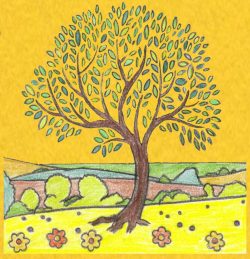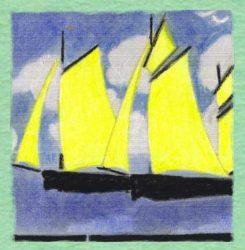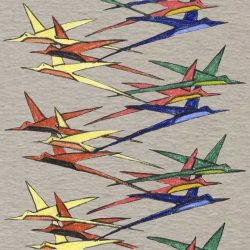
The easy answer is that in researching novels, I use every method at my disposal. Let me take you through the process I undertook for Foul Trade, the first book in the May Keaps series, as an example. I scoured the Internet for all sorts of sites that gave me access to material I couldn’t have come across in any other way – oral histories documented by family members intent on preserving the past; leads for books by authors I’d never heard of; out of print works on Project Gutenberg; in-depth research on the East End compiled by historical societies; newspaper reports of coroners’ inquests and Old Bailey trials; contemporary forensic issues and knowledge from the Lancet. The danger was always that I wouldn’t know when to stop. But stories won’t write themselves and I had to draw the line somewhere or I’d still be researching today.
The old-fashioned way of soaking it all up included visiting museums (particularly the wonderful London Museum of Docklands – the poem May recites was inspired by the samples of wood imported through the East India Docks on display in the cabinets); watching films and DVDs; dipping into my volumes of the bound copies of The War Illustrated with their propagandised reporting of the 1914-18 conflict; constantly consulting the 1914 OS maps of Poplar and Limehouse, and studying the manufacturing and ship-related industries in the area. But first and foremost, and always, my source of choice was books. I’m a writer, and the printed word is my world. I hope I have done justice to everything I have read by preserving and passing on, in turn, a little of the past – albeit one peopled by my imaginings.
I have amassed a large number of pieces about my research for the novels I have written and you can find them all collated here in the research category. Happy exploring.












